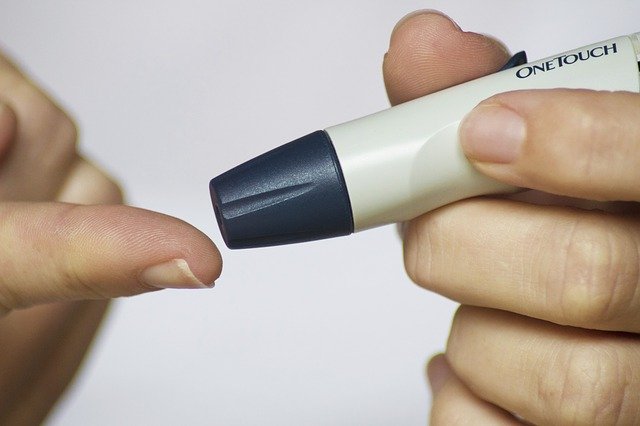
According to NIH, prediabetes means the blood glucose levels are higher than normal but not high enough to be diagnosed as diabetes.
The condition usually occurs in people who already have some insulin resistance or whose beta cells in the pancreas aren’t making enough insulin to keep blood glucose in the normal range.
Without enough insulin, extra glucose stays in your bloodstream rather than entering your cells. Over time, you could develop type 2 diabetes.
If you are overweight or obese or older than 45 years, you may have a higher risk of prediabetes and you need to begin testing.
Even if your BMI is normal, a waist measurement of 40 inches or more for men and 35 inches or more for women is linked to insulin resistance and increases risk for prediabetes.
There are other risk factors, including being physically inactive, having a parent or sibling with diabetes, having a family background that is African American, Alaska Native, American Indian, Asian American, Hispanic/Latino, or Pacific Islander American.
If you are a woman can give birth to a baby weighing more than 9 pounds or diagnosed with gestational diabetes, you may have a higher risk of prediabetes.
If you have high blood pressure—130/80 mmHg or above according to new blood pressure guideline – you may have a higher risk.
In addition, if your HDL cholesterol level below 35 mg/dL or a triglyceride level above 250 mg/dL, you may have a higher risk.
Researchers recently develop a simple, practical test tool to examine people’s prediabetes risk.
The test involves checking a person’s blood glucose before and 120 minutes after drinking 75g of sugar, an oral glucose tolerance test.
The researchers collected blood and determined glucose levels at three additional time points: 30, 60 and 90 minutes after receiving the sugar drink.
People were in two groups based on elapsed time to reach a maximal sugar level during the test: at 30 minutes or after 30 minutes.
Those who reached a maximal sugar level after 30 minutes were more likely to have prediabetes and lower pancreatic function.
The finding was presented at the Endocrine Society’s 99th annual meeting.
If you have prediabetes, don’t worry. There are things you can do to control the condition.
One good way to beat the illness is playing football.
One study from University of Southern Denmark finds that in 55-70-year-old women and men with prediabetes, twice-weekly football training combined with healthy eating could improve fitness and heart health.
Playing football also led to healthier weight loss than through normal dieting because dieting could weaken the body.
The researchers believe that playing football is an absolute winner for middle-aged and elderly women and men with prediabetes. It is even suitable for 70-year-old women with prediabetes.
Copyright © 2018 Knowridge Science Report. All rights reserved.



